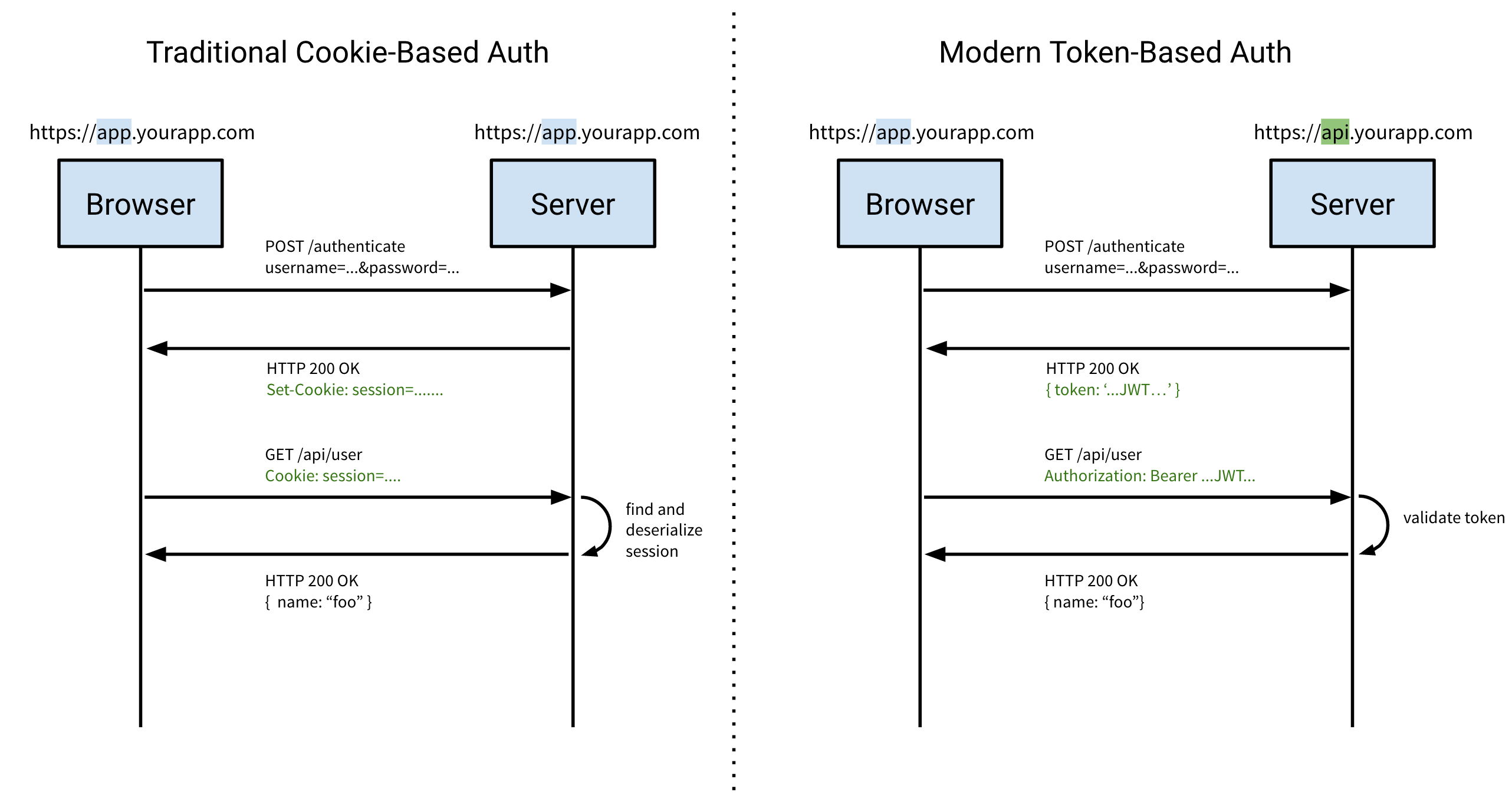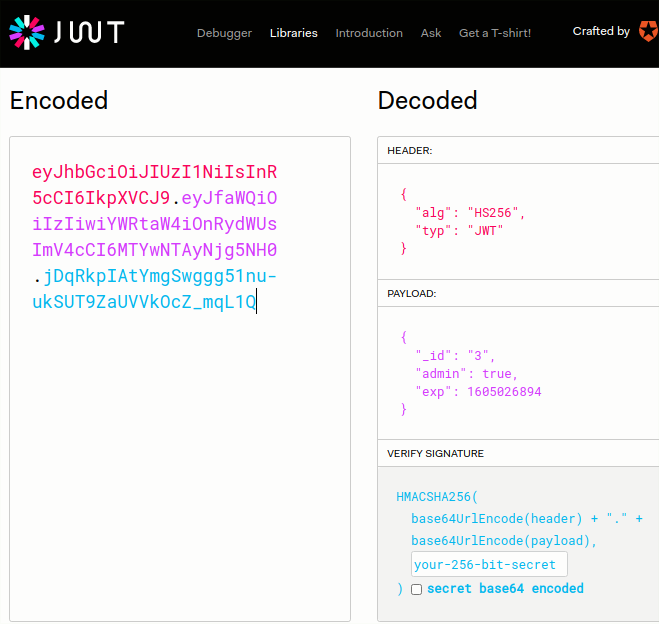


In the Application URIs section you can add the callback URL you want to use, I configured it to be localhost:3000/callback for testing, you can use any pathname. To get the values of these variables go to Auth0, create an application configured to be regular web app, in the Basic Information section you will have the client id, secret and domain. Note you will only need this for the Remix Dev Server, other adapters like Vercel may add them automatically. This will load them when the app starts only on the server. env file and in your rver file add the following code: import dotenv from "dotenv" server prefix so the file will never be shipped to the client, this will allow us to use environment variables and basically anything we want that doens't run on the browser. Here we are going to add all the logic for our Auth0 integration, we add the. Let's see a way to build a non SPA login using Auth0 and without using Express, so we can use the Remix Dev Server or any other adapter that is not the Express one like Vercel or Fly.io.įirst, let's create a file in our application, I added it on app/services/.
#Auth0 decode jwt without secret how to#
If you try to setup Auth0 in a project they also have great documentation on how to add it to a Node.js app for regular web apps, this means any non SPA basically, and you will see it requires Express.js, if you go the SPA way it will work but to save the user token you got from Auth0 you will have to submit it to an action so you can add it you the Remix session. While this works, I recommend you to don't do all of this yourself, instead use Remix Auth with the Auth0Strategy which will give you everything below so you can use it directly in your app.Īuth0 is a really good service to implement authentication in an app without a lot of code, they have all the infrastructure to add any social network login, or passwordless, or two factor authentication or anything we may want to add to our application, even connect to a custom database. The first line of this method decodes the. Here is a more complex token: > token = jwt.Server-Side authentication with Auth0 in Remix The method above returns an instance of, which can be used to perform a JWT verification.

In the simplest case this is just the user id like in the example above, but you can include other user information such as a username, user roles, permissions, etc. The payload is where you record any information that identifies the user. You can use anything that can be serialized to a JSON dictionary as a payload. This is the information that you want stored in the token. The jwt.encode() function has three arguments of which the most important is the first, containing the token payload. '_jJKavmWrM6d_io5M5PBiK9AKMf_OcK4xpc17kvwI' > token = jwt.encode(, secret_key, algorithm='HS256') > secret_key = "a random, long, sequence of characters that only the server knows" After you verify that the user has provided the correct username and password, you can generate a token for the user: > import jwt Now let's say you want to create a token that gives a user with id 123 access to your application.
#Auth0 decode jwt without secret install#
Create a virtual environment, and install pyjwt in it: (venv) $ pip install pyjwt In case you are not familiar with JWTs, let me first show you how to work with them using Python with the pyjwt package. Quick Introduction to JSON Web Tokens (JWTs)


 0 kommentar(er)
0 kommentar(er)
